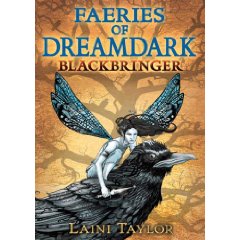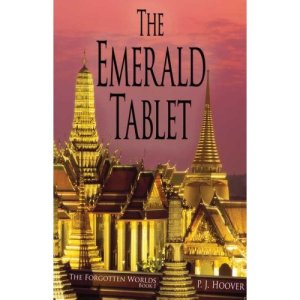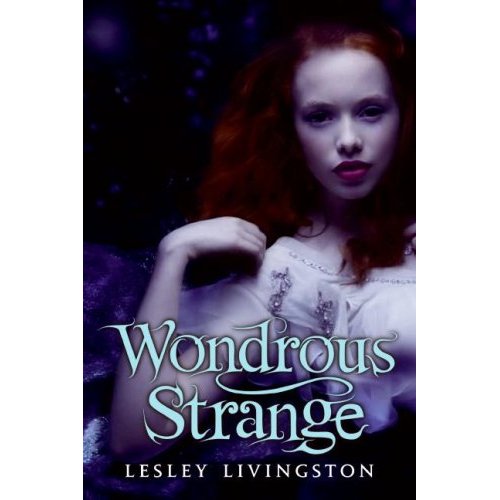The fantabulous Little Willow, readergirlz postergirl extraordinaire, put together an awesome roundtable discussion on January’s upcoming featured title at readergirlz: A Northern Light, by Jennifer Donnelly. Postergirlz Little Willow, HipWriterMama, Miss Erin and I were joined by readergirlz divas Lorie Ann Grover, Holly Cupala and Melissa Walker to discuss this wonderful novel. A little background: Interwoven with the experiences of the heroine, Mattie Gokey, is the true story of Grace Brown, a young woman who died under mysterious circumstances in the Adirondacks in 1906. Jennifer Donnelly brings the two threads of story together throughout her novel.
Here is our conversation:
Little Willow: What was your basic impression of the book?
Lorie Ann: I was amazed at the plot arrangement and beautiful literary qualities of the work. I knew this would gain notice and awards, and I’m so pleased it did! When we began rgz, I wanted A Northern Light to be featured.
Holly: I loved how every thread contributed toward Mattie’s final decision – so beautifully, intricately drawn – and Jennifer shows us the light alongside the dark. Nothing is as it seems. Secrets abound. People have been telling me for a long time to read it, and I’m glad I finally did!
Miss Erin: Same here, Holly – I’d had several people rave about it to me, so at last I picked it up. I thought it was beautifully done, pretty much perfectly written, and a book I can definitely see myself reading multiple times.
HipWriterMama: I loved this book. Mattie reminded me of a gentler and more uncertain Jo March. I liked how Mattie was able to see and “accept” the flaws of her family and friends and want more for them. And, for herself. Beautifully written book with excellent use of plot and supporting characters to show Mattie’s growth.
Melissa: The idea of an epic crime as the dark back story for Mattie’s coming of age moments really intrigued me from page one.
Shelf Elf: This is the sort of book that made me sigh happily at the end. It felt old-fashioned to me, in a totally satisfying way. It already reads like a classic story.
LW: Did you like how the narrative flipped back and forth between Mattie working at the time of the murder and the events beforehand?
Lorie Ann: Yes, I thought it was genius! And how she let us know with a word entry if we were back in time or current. I was propelled by several mysteries because of the structure.
Shelf Elf: I’m not always a fan of this type of “then / now” structure, because I’m usually more interested in one thread of the narrative than the other, so I can find it frustrating. In this case though, I thought it helped to increase the tension in the story.
Miss Erin: I definitely agree about it upping the tension. It felt so murky and confusing (not in a bad way) at first, but as I went things became clearer… It was brilliant, really, the way the author tied everything in.
HipWriterMama: I had to read the first few chapters a couple times to get used to the narrative. (Partly because I don’t have the luxury of reading a books straight through, so I was a little confused in the beginning.) But, afterwards, I was impressed with how this narrative worked and helped the story flow. Truly a work of art!
Melissa: I liked this structure a lot. If we’d just seen Mattie at the hotel, we’d have missed so much of her rich past and evolving character. Knowing her through and through — and back and forth — was really compelling. Continue reading












